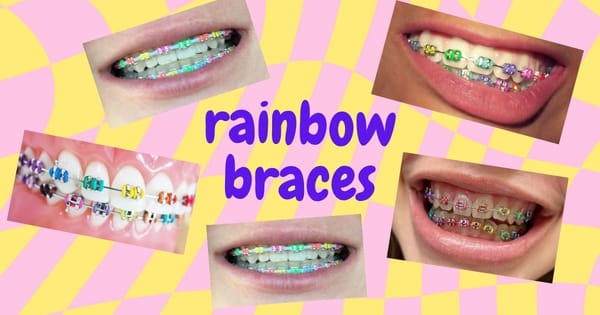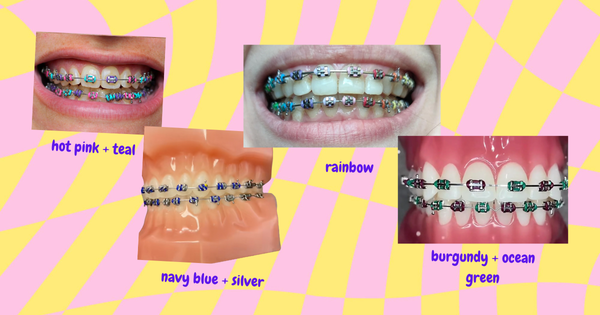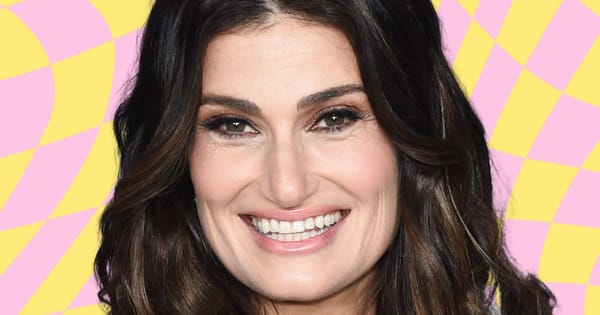Love is Blind Sweden: Do Any of These Singles Have Veneers?
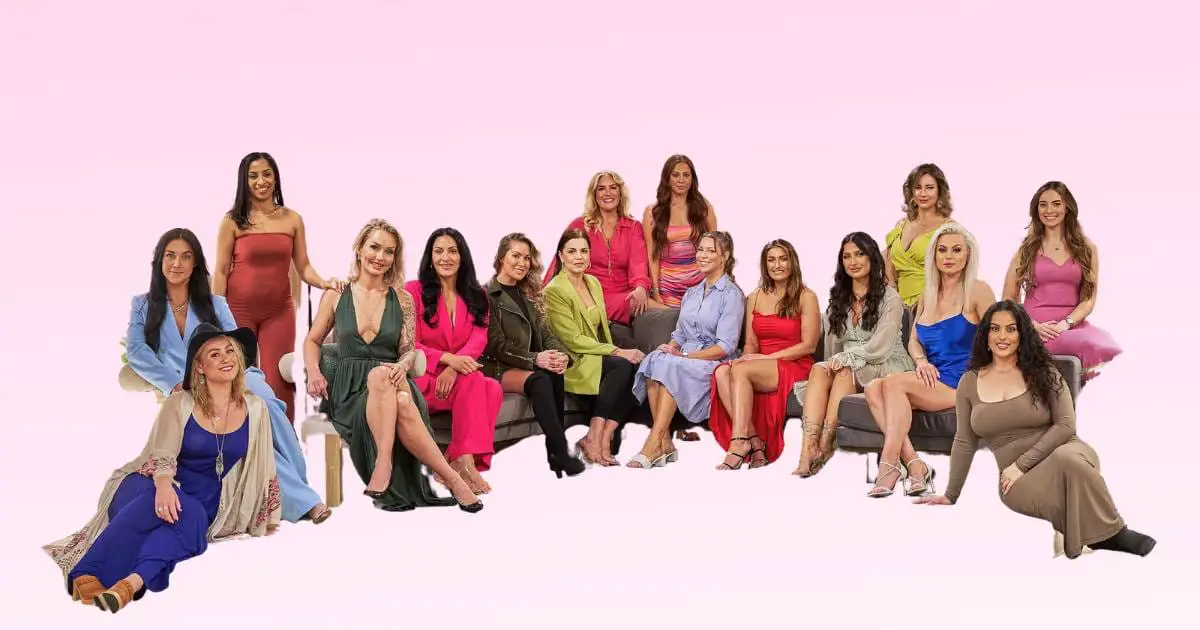
From "Love Island" to "The Bachelor," reality dating shows have become a guilty pleasure for many.
But let's be honest, along with the drama and romantic entanglements, comes a certain predictability in the aesthetics department. Enter: "Love is Blind Sweden," a show that breaks the mold (and perhaps a few dental stereotypes).
This Netflix hit, where singles seek love and propose marriage before ever laying eyes on each other, also happens to feature a cast that embraces a refreshingly natural look, particularly when it comes to their smiles.
In a world where veneers often seem like a prerequisite for reality TV stardom, "Love is Blind Sweden" offers a welcome departure from the norm.
Could this be a sign that viewers are ready for more authenticity and a celebration of individual beauty – imperfections and all? Let's delve into the smiles of the season one cast to find out!
Love is Blind Sweden Season 1: A Veneer-Free Zone?
From pointed canines to slight crowding, the smiles on display in "Love is Blind Sweden" Season 1 were as diverse as the cast themselves.
Here's a closer look at some of the most popular contestants and their refreshingly natural teeth:
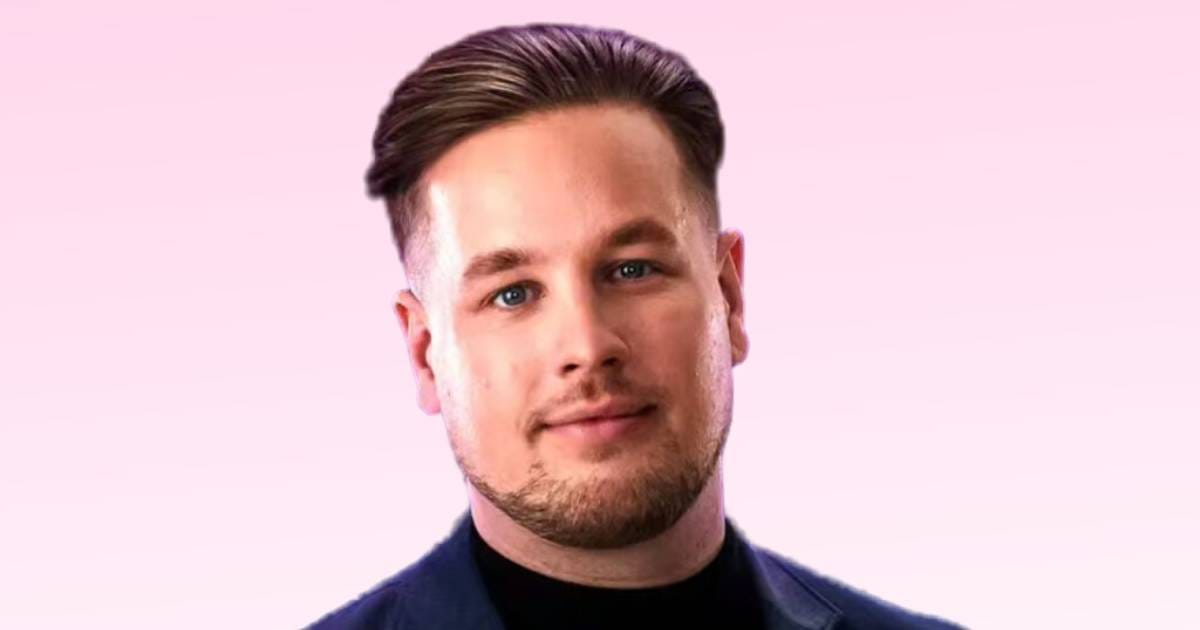
- Rasmus (32, Self-Employed): Rasmus, with his charming personality and entrepreneurial spirit, wasn't afraid to flash his natural smile, prominent canines and all. His gummy smile only added to his charm, proving that perfection isn't a prerequisite for attractiveness.

- Krisse-Ly (30, Interior Stylist): Krisse-Ly exuded warmth and style, both in her personality and her smile. Her slightly crowded teeth hinted at a history untouched by orthodontic intervention, a testament to her confidence in her natural beauty.

- Lucas (30, Operations Manager): Lucas's megawatt smile, featuring distinctive triangular front teeth, lit up the screen. His natural teeth were a reminder that individuality, not uniformity, often makes a smile most memorable.
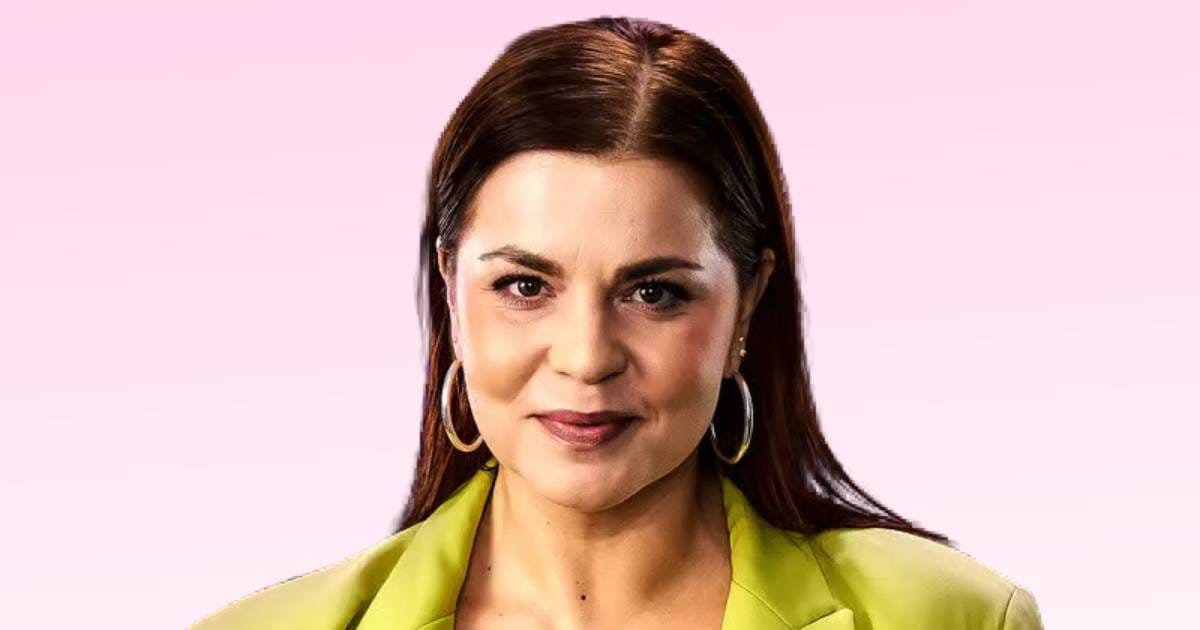
- Emilia (34, Business Manager): While camera-shy smiles made it difficult to get a good look at Emilia’s teeth, the lack of evidence for veneers suggests she, too, embraces a natural aesthetic.
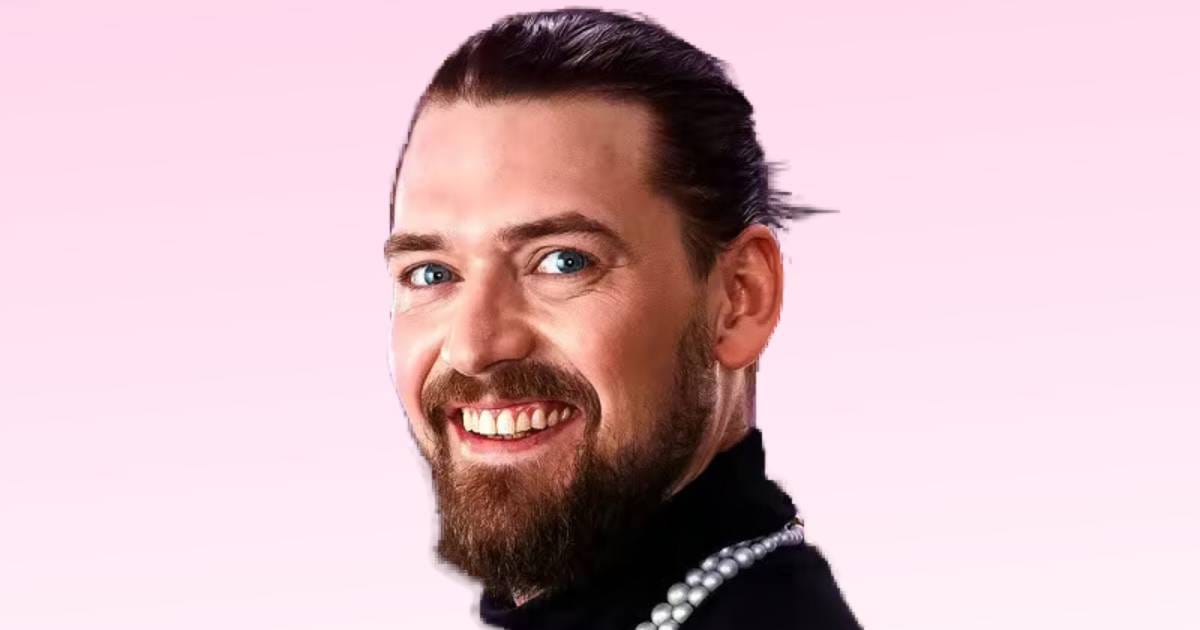
- Christofer (34, Self-Employed): Christofer's genuine smile, unmarred by veneers, perfectly complemented his kind demeanor. His pearly whites were a testament to the attractiveness of good oral hygiene and a confident demeanor.
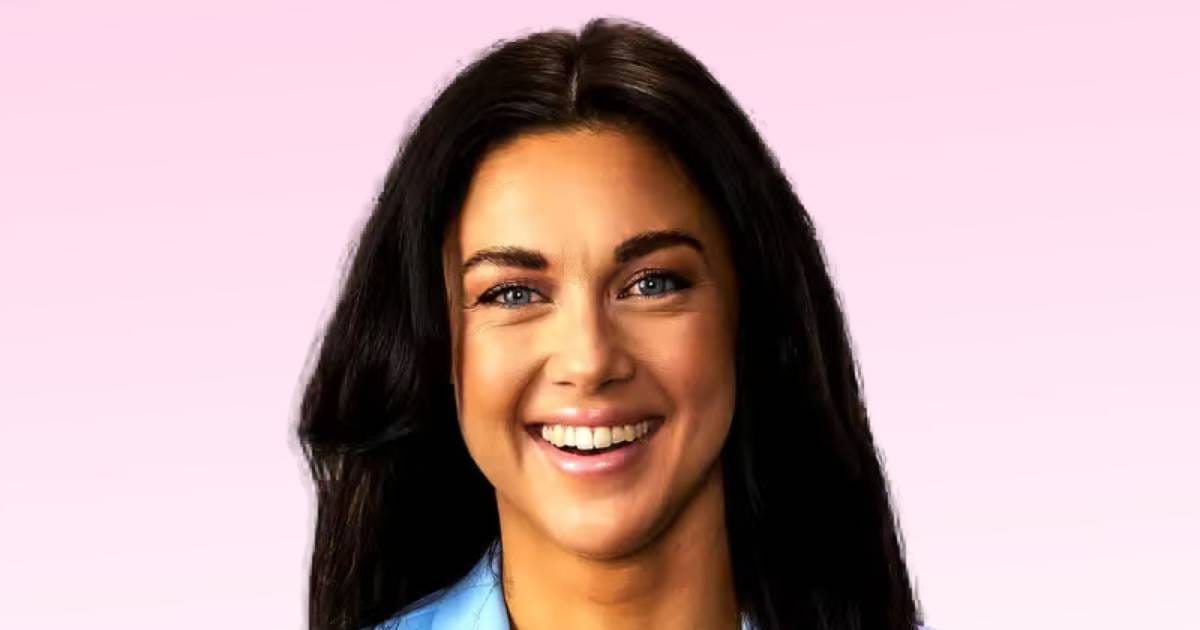
- Catja (32, HR Specialist): Catja's radiant smile might lead some to suspect veneers, but a closer look reveals the telltale signs of natural teeth. Her perfectly shaped teeth are likely the result of good genes and proper dental care.

- Amanda (34, Economist): Amanda's gorgeous smile hinted at possible orthodontic work in her past, a common practice to correct alignment issues and enhance natural beauty. Her slightly leaning front teeth added character to her smile, proving that perfection often lies in imperfection.
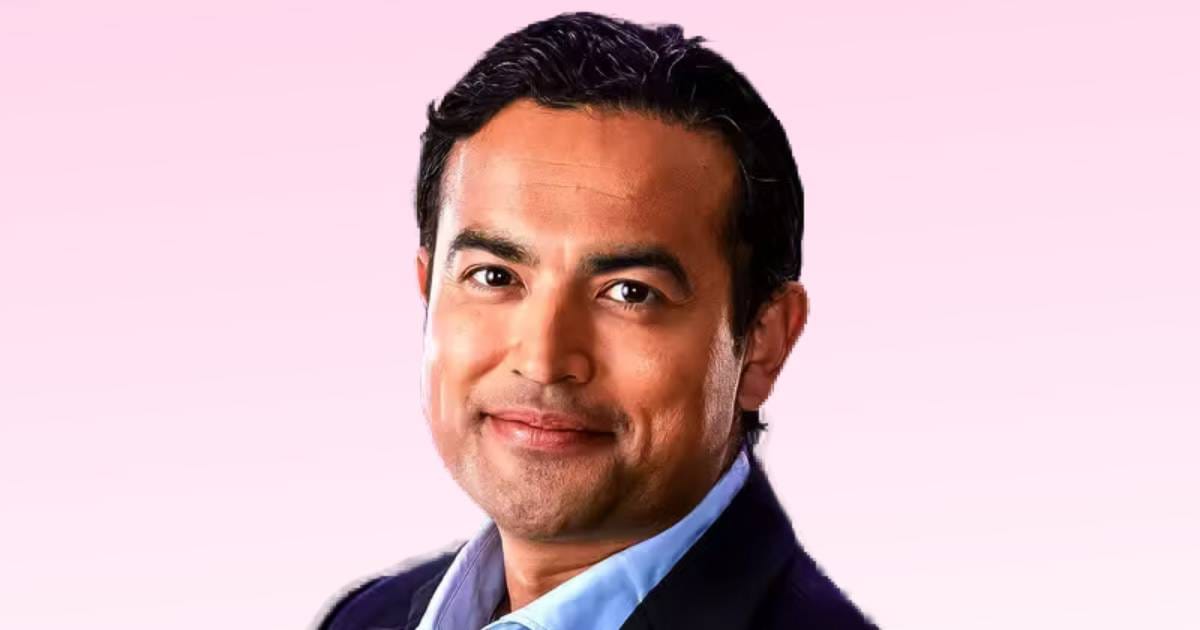
- Sergio (38, Soccer Coach/DJ): Sergio's vibrant personality was matched by his genuine smile. While some minor crowding was visible, it did nothing to detract from his charisma.
- Carolina: Carolina's naturally beautiful smile, free from veneers, further cemented the season's commitment to authenticity.
- Myra: Myra stunned with her naturally stunning smile, proving that sometimes, the best enhancements are no enhancements at all.
- Oscar: Oscar's megawatt grin, free from any signs of veneers, rounded out the cast's refreshing approach to dental aesthetics.
Embracing Natural Smiles: A Welcome Change in Reality TV?
The prevalence of natural smiles on "Love is Blind Sweden" stands in stark contrast to many other reality dating shows, where blindingly white, perfectly aligned teeth – often the result of veneers – have become almost ubiquitous.
Why is this difference so refreshing, and what does it say about evolving beauty standards?
One possible explanation for the veneer phenomenon in reality TV is the pressure to conform to a certain ideal of attractiveness.
Contestants, thrust into the spotlight and often vying for the same romantic interests, may feel compelled to enhance their appearances, including their teeth, to gain an edge.
Additionally, the accessibility of cosmetic dentistry, particularly in certain regions and among those with the financial means, has likely contributed to the rise of veneers as a go-to solution for achieving a “camera-ready” smile.
However, “Love is Blind Sweden” suggests a shift in viewer preferences.
The overwhelmingly positive response to the cast’s natural smiles indicates a growing appreciation for authenticity and individuality.
People are increasingly recognizing that true beauty lies in embracing one’s unique features, not conforming to a manufactured ideal.
Seeing individuals on screen with a variety of smiles – some perfectly imperfect – can be incredibly empowering for viewers.
It normalizes imperfections, challenges unrealistic beauty standards, and ultimately celebrates the diversity of human smiles.


